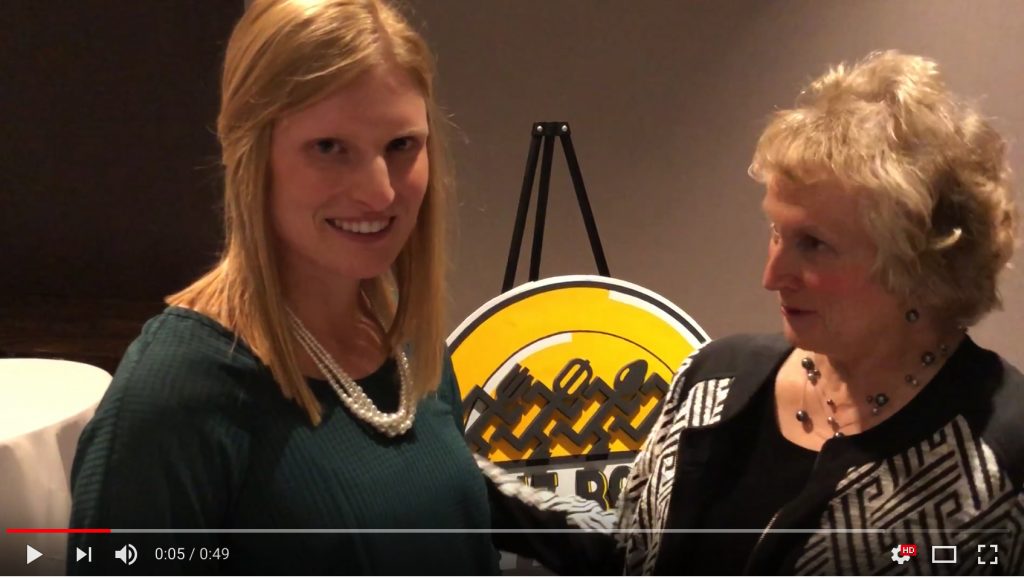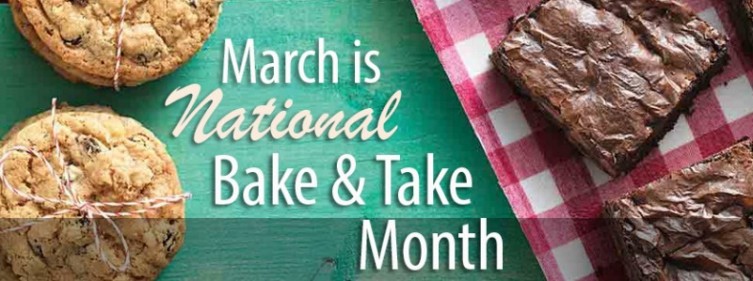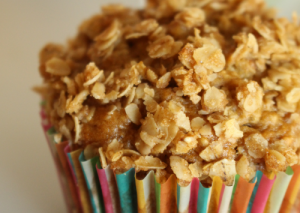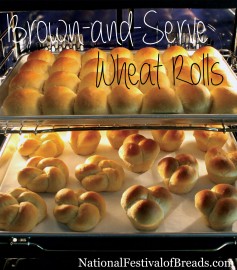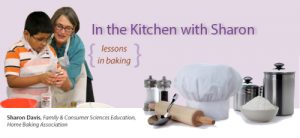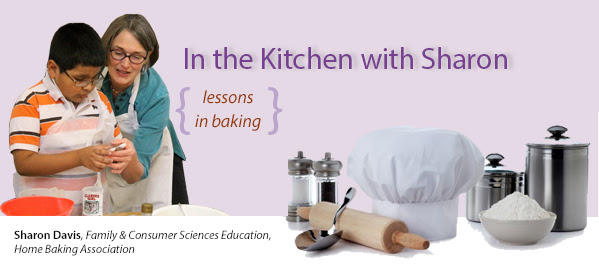
To help my children with math, I had to find where math had its groove in our life—where it was applied and practical. I didn’t want to pass on my math fears! Because I teach baking, we used simple math concepts, methods, and measurements, and we enjoyed the results. Children often want to help—and help sample the finished product! Find time, at least once a week, to hold baking sessions that can start math conversations and calculations!
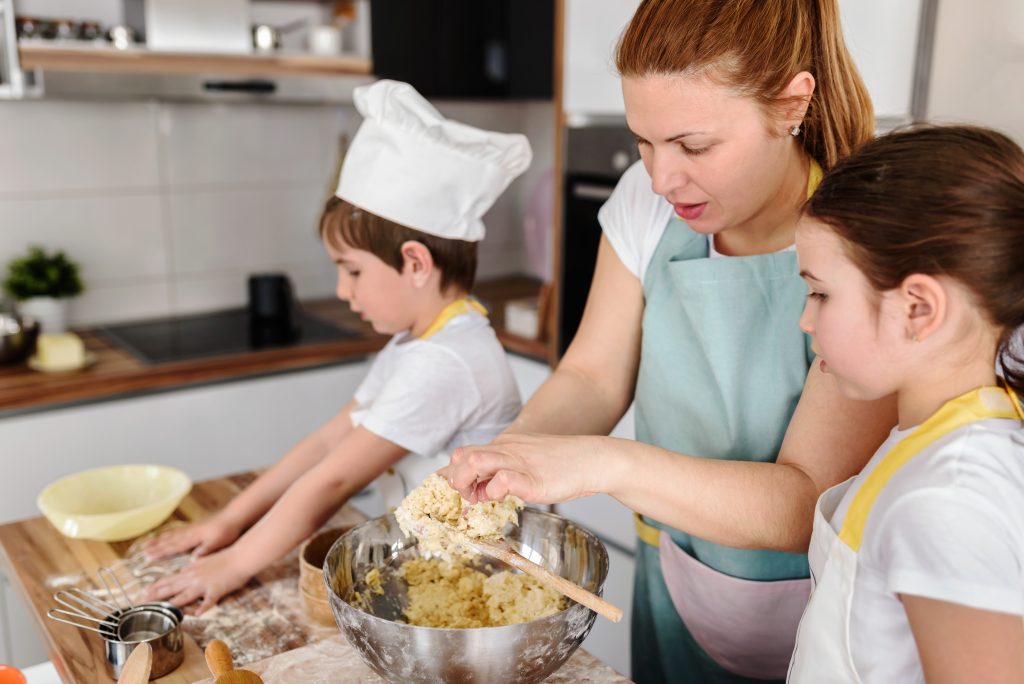
Baking math begins with forming a habit called mis en place—everything in order—“ducks in a row”—before you ever put the flour in the bowl. Bake together and build math skills along with these 10 baking habits:
1. Pick an ingredient your children have read about—apples, blueberries, carrots, butter, zucchini. Ask children “What shapes do you see?” Bake waffles, pancakes, bread, and pizza.
2. Choose a recipe with simple ingredients and 1, 2, 3, directions. Recipes at HomeBaking.org and KidsaCookin.org (Spanish or English) are a great start. Check your library for Cooking Class and Baking Class by Deanna F. Cook—perfect for young bakers.
3. Read the recipe, top to bottom, reading aloud ingredient names, amounts needed, oven temperature, baking time, and steps, beginning to end.
4. Ask, “What ingredient is used in the smallest amount?” “Which is the largest amount?” “Is there more flour than sugar or butter?”
5.Find each ingredient and place it on the counter. Ask your child to help put the ingredients in the order they will be used.
6. Offer children under age 2 the dry measuring cups to use as stacking cups. By age 3, they can hand you “the littlest cup,” (1/4 cup), the “medium-sized cup” (1/2 cup) or, you can ask, “Which cup has a 3 on it (⅓ cup)?” Help children fill the cups and level the measure off. Let them add the ingredients to the mixing bowl.
7. Bake the same-sized cookies, muffins, and loaves. This isn’t just to avoid fights over the biggest cookie! Help 4-year-olds work on hand–eye coordination by scooping batter or dough. Ask them to guess why all the cookies or muffins on one pan need to be equally spaced and the same size. (All will bake the same—if some are big and some small, the big ones might be raw while the little ones could be burnt.)
8. What is a fraction—or part of a cup? Have your 5-year-old measure two ½ cups of flour and transfer flour to the 1 cup measure. Show them that “1 over 2” is ½ cup; if the ½ cup is used twice it will equal 1 cup. This may be done with ¼ (four ¼ cups = 1 cup) or ⅓ (three ⅓ cups = 1 cup).
9. Check the oven—Ask if it is empty. “How many racks are in it?” “We will use the middle rack—which one is that?” Heat the oven to the temperature in the recipe—have your older children match the oven degrees in the recipe to the oven dial or toggle up to the degree number. Ask, “How hot will the oven be?” Compare and contrast the oven’s heat to a hot summer day—the oven is 3 to 4 times hotter! Remind your children: ONLY adults should load and remove pans from a hot oven.
10. Get a simple food scale. Help older children weigh their pancake, muffin, or bread serving to see its net weight. “Is it 1 ounce?” That’s one serving. “Does it weigh more?” “How many bread servings is your pancake?” Weigh the ingredients after measuring them. See if your child can get 1 cup of flour to weigh 4.25 ounces three times in a row!
Above all, wash hands before you begin and after you handle flour and raw batter or dough to reduce the number of bacteria on your hands.


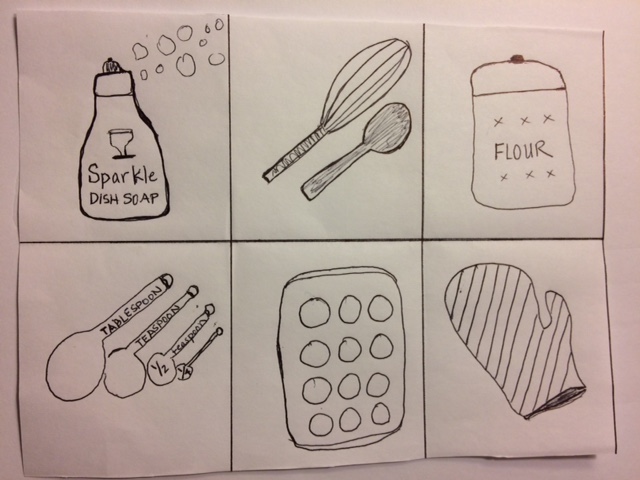
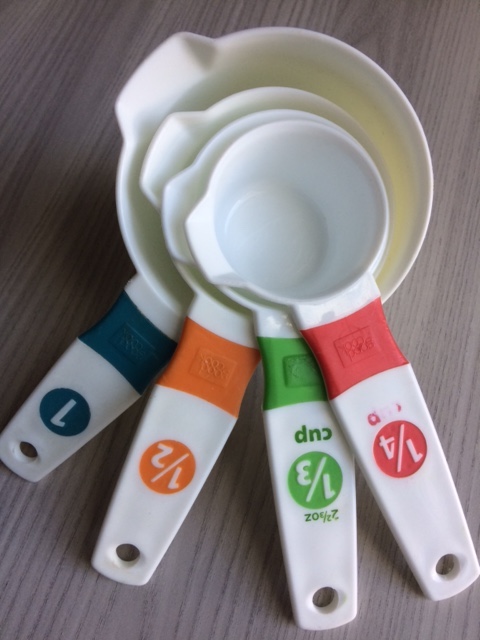
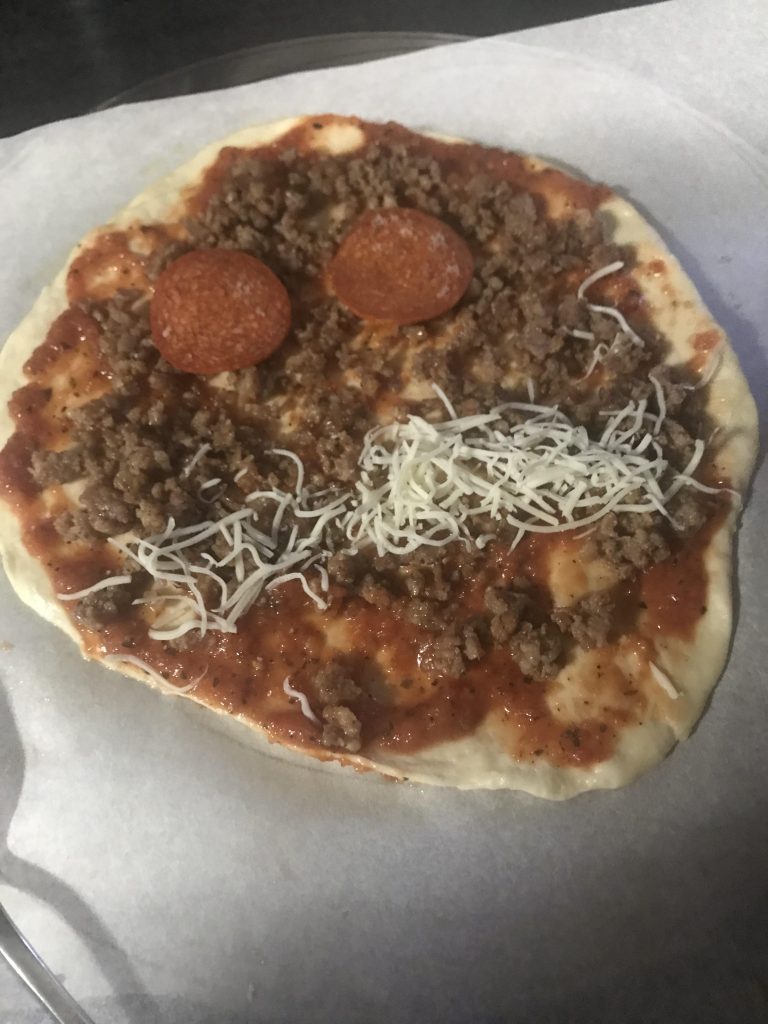

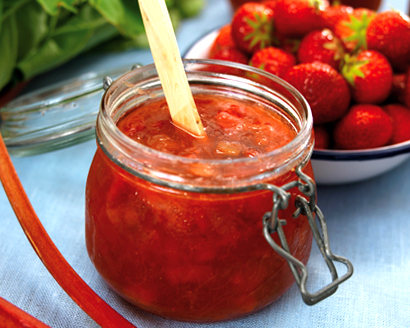
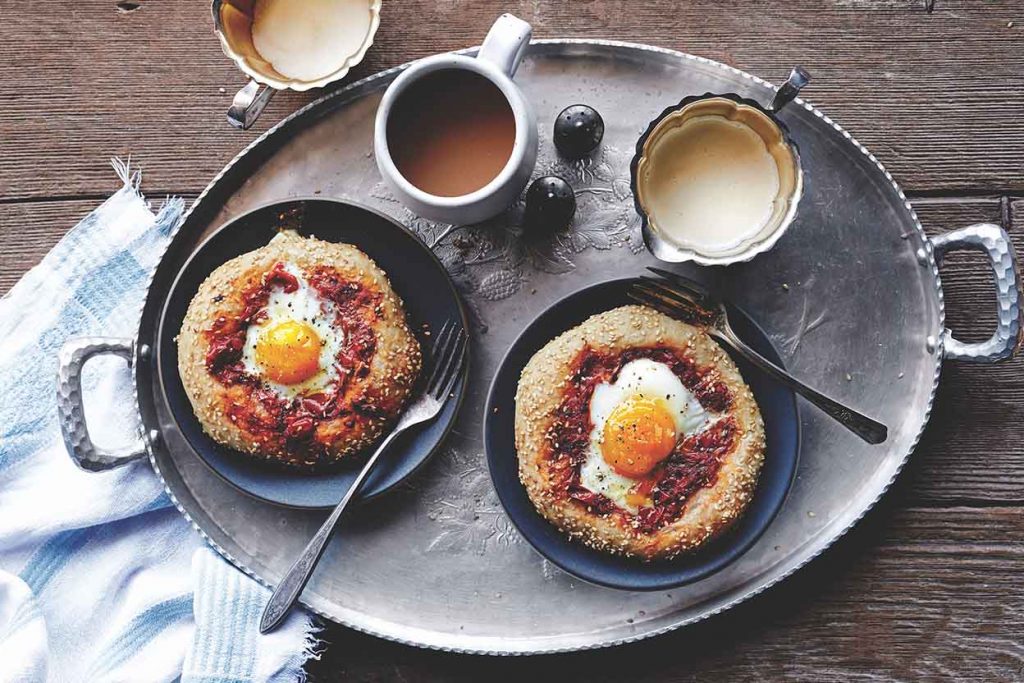


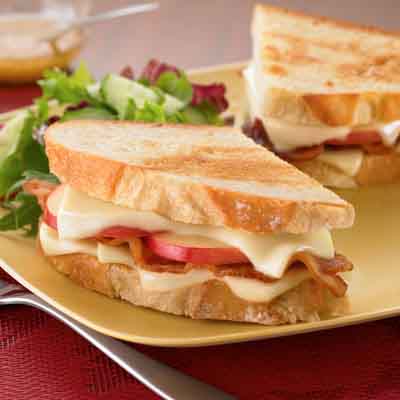
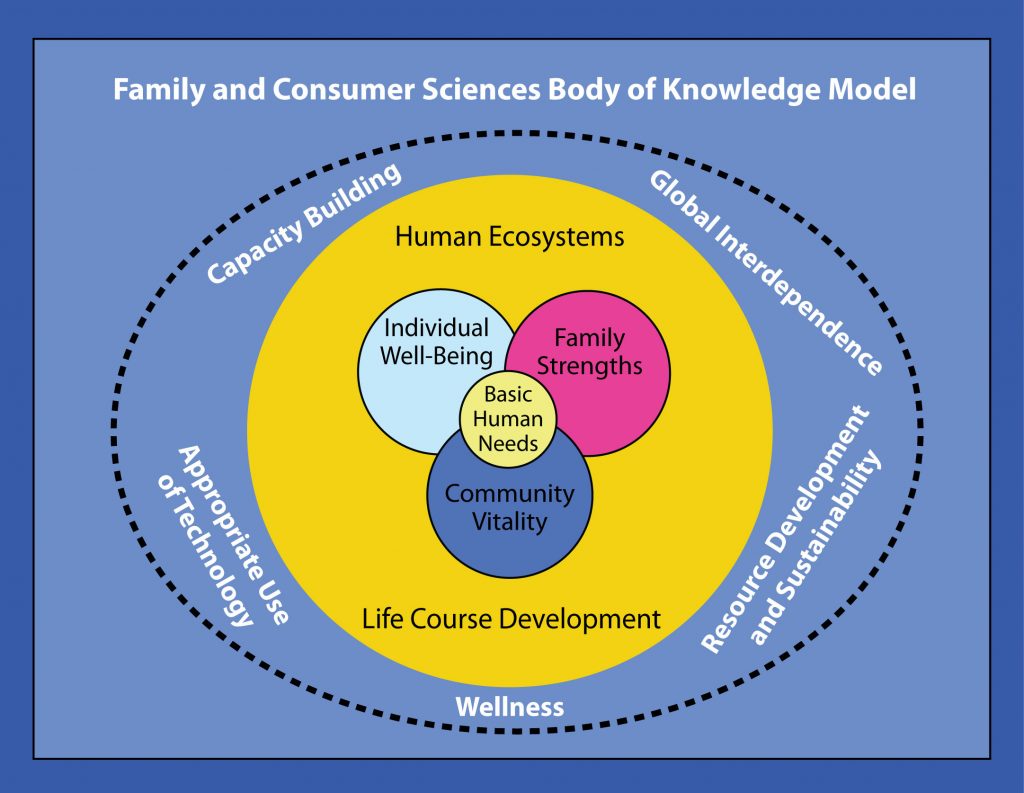
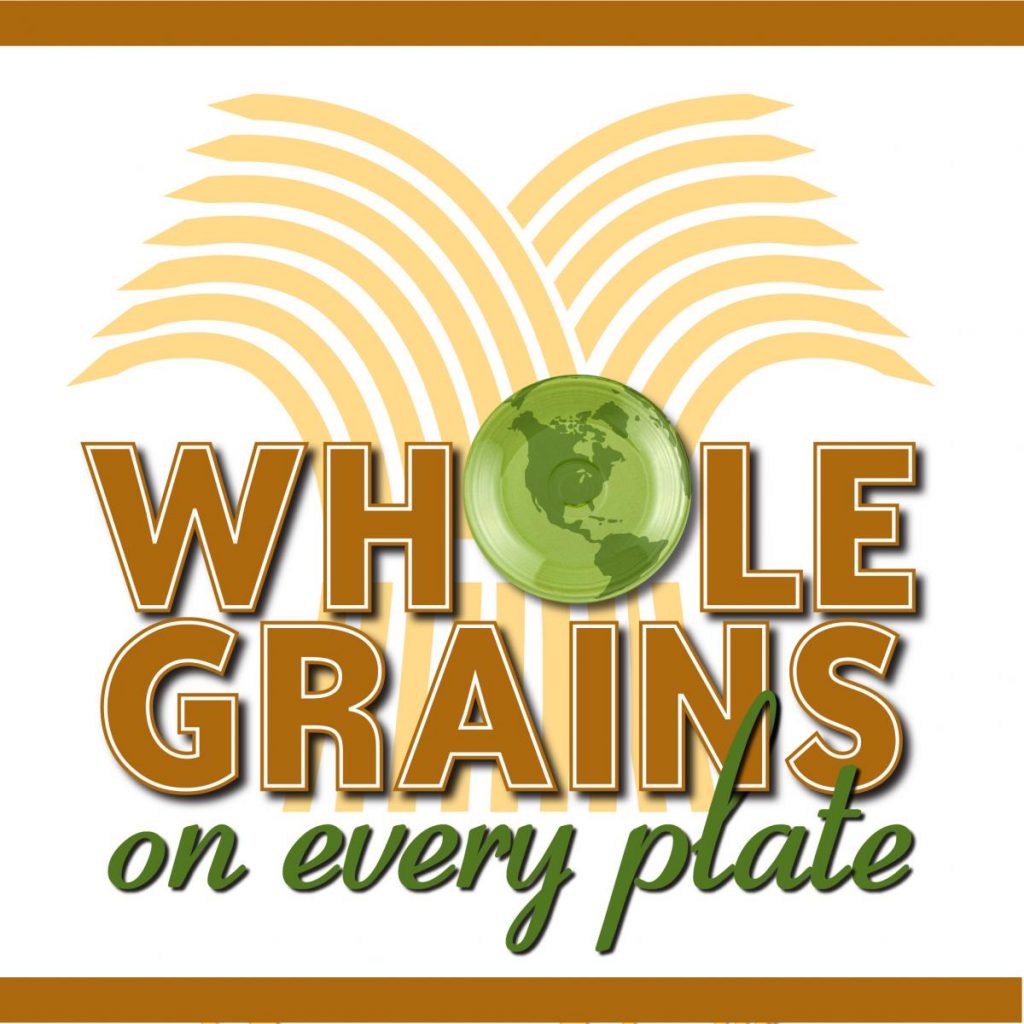
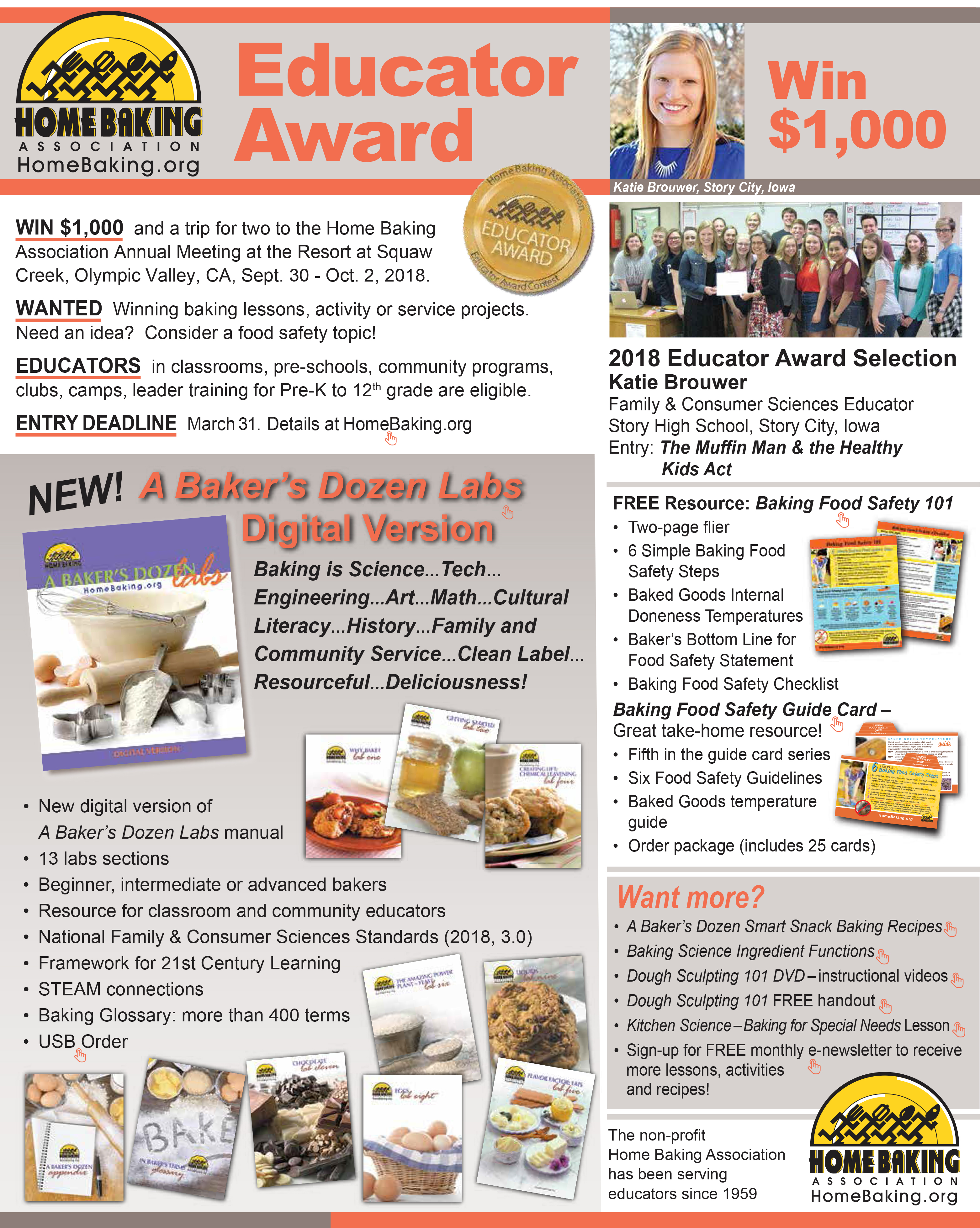
 Katie Brouwer, Roland Story High School, Story City, IA received the 2017 Educator Award. Brouwer was a first year family & consumer sciences educator at Story High School. Brouwer’s winning lesson “The Muffin Man & the Healthy Kids Act” engaged students in problem-based learning to create a Healthy Kids Act approved muffin. Students researched substitutions; analyzed nutrition; and evaluated the product. Brouwer received $1,000. She and her husband attended the October Home Baking Association meeting in New Orleans, LA.
Katie Brouwer, Roland Story High School, Story City, IA received the 2017 Educator Award. Brouwer was a first year family & consumer sciences educator at Story High School. Brouwer’s winning lesson “The Muffin Man & the Healthy Kids Act” engaged students in problem-based learning to create a Healthy Kids Act approved muffin. Students researched substitutions; analyzed nutrition; and evaluated the product. Brouwer received $1,000. She and her husband attended the October Home Baking Association meeting in New Orleans, LA.